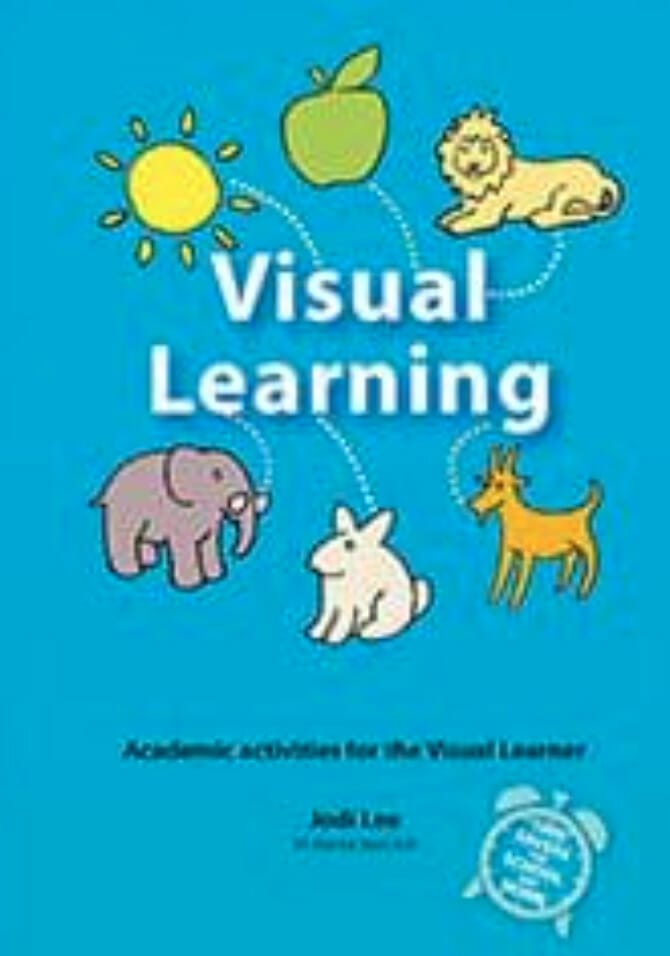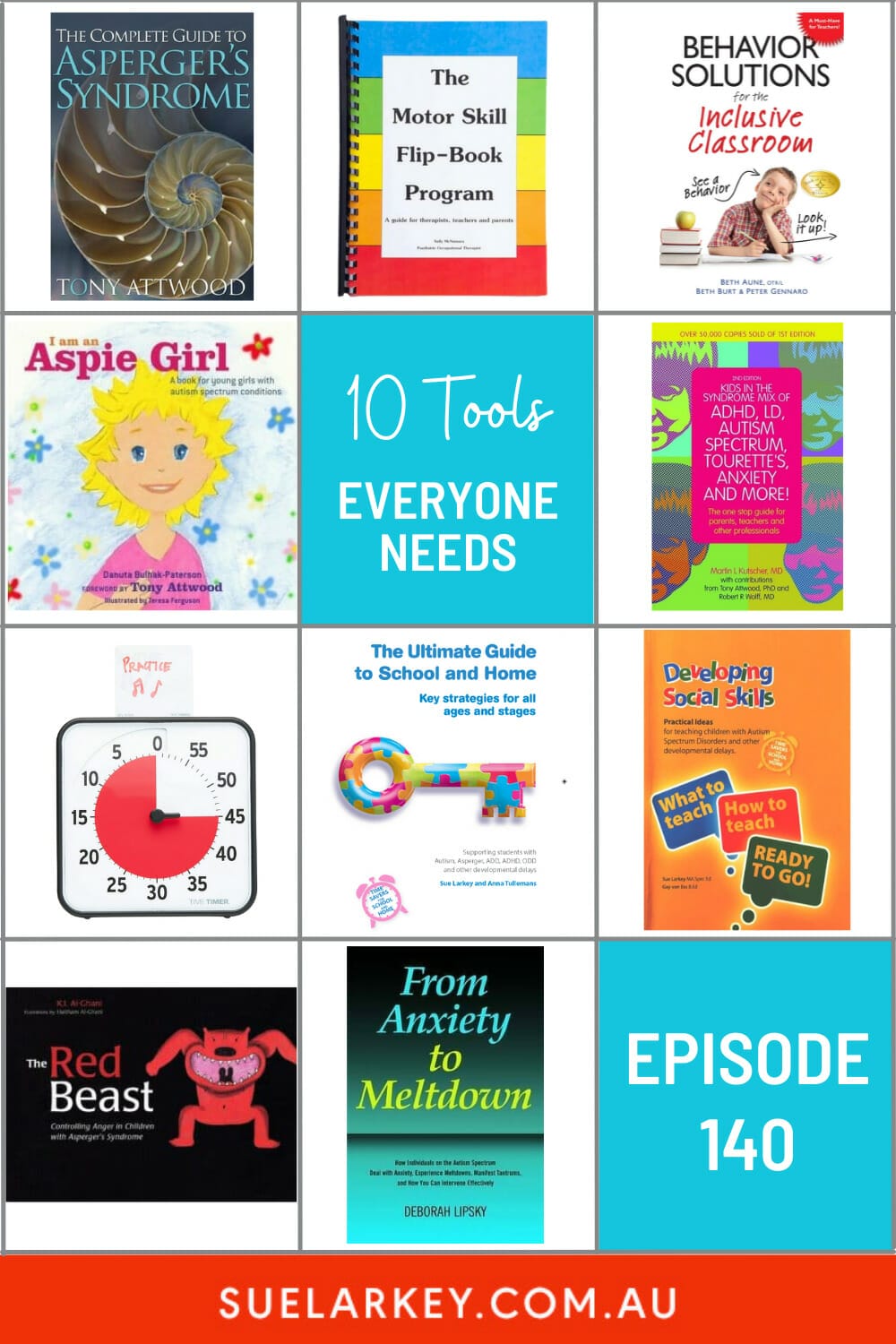Using Smart Goals & IEP = To IMprove Outcomes
Use SMART Goals and IEP to improve outcomes Today!
Using SMART Goals and IEP to improve outcomes is an important skill for all educators working with children with autism spectrum disorder.

**************************************
Join me for an upcoming Workshop:
Can't make these Workshop dates? Join me for a self-paced on-demand course:
Sue Larkey On-Demand Workshops
**************************************
Discussed in this Episode:
✅ How to apply from Early Years to Post School Options
✅ IEPs. (Individualised Education Plan)
✅ SMART Goals
✅ Planning
Read along if you have my new MEGA Book pages 88-91 and harness SMART Goals and IEP to improve outcomes!
Step 1: Update on Progress
This should include:
- Academic strategies and progress
- Communication strategies and progress
- Physical health and needs
- Independence skills, including building capacity to study and self-care independently
- Social skills and peer connections
- General emotional well being
- Self-regulation and behaviour skills
- Time and frequency of support staff or services
Step 2 : SMART Goals
The most important part of any IEP is arguably the list of goals the student it aiming to achieve. This can be the hardest part for parents and teachers to craft effectively. As a general guide, IEP goals should be SMART goals.
Specific
Make the goals small and achievable ie. sit for 2 minutes at mat time, then build up to 5, 10, 15 over the year.
Measurable
Progress towards the goal must be objectively measurable. Avoid phrases like “improved attitude” “often distracted” as these words can be misleading and confusing and can’t be measured for progress. Use measurable terms that use time and specific behaviour “off task for 15minutes, two or three times a day”
Attainable
Take into account the students ASD, learning style and disability
Realistic
Teachers often have 30 students in a class. What is realistic? Let’s do the maths. 30 students in one hour that is 2 minutes/student, then take away time for group instruction. If you are lucky you have one minute for the student. What will that minute look like? Another example: Many students with ASD find homework really difficult and families find it really stressful to complete! Is this important? What is your goal?
Time
The goal will be achieved by time/date (What can you do this term).
Step 3 : Resources & Strategies
What strategies and resources do we need to implement our SMART goals and best support this student?
- Apply for additional hours of support services (if applicable)
- Any further reports/assessments required
- Curriculum Modifications – Adjustments, Supports etc
What are the skills & resources that we need?
- Obtain a range of books to Support Staff or Families/Carers
- Sensory Tools or Resources
- Professional Development for Staff or Families/Carers. See online courses or face to face workshops near you.

PLanning & Approaches to TEaching
This applies to all ages and stages:
1. What is the Goal?
2. Where are they now?
3. Knowledge and Skills to be Taught?
4 .What Supports are Needed?
Approaches to Teaching
- Location
- Step by Step
- Make Tasks Easier
Excerpt A Manual to Provide Support & Care (pg 44 – 48)
Listen to this Podcast To Find Out Why I Use Bubble Writing:

Listen to My Podcast to find out why I recommend “bubble writing”
Not “Dots” to teach writing.
Exert Page 59 Visual Learning by Jodi Lee

Products Mentioned in Podcast: Using SMART Goals & IEP to Improve Outcomes
My other Podcasts mentioned this week :
Episode 105: Occupational Therapist shares 3 Key Strategies to Improve Motor Skills in ALL Kids
In this podcast Paediatric Occupational Therapist Sally McNamara (Lewis) shares her 3 key strategies to improve motor skills in ALL children.
🔑 Ever wondered why children fidget?
🔑 Ever thought about how playgrounds can be designed to maximise learning motor skills?
🔑 Ever considered integrating learning motor skills into every day tasks?
All these questioned and more answered in this podcast!

Episode 140: 10 Tools Every School & Home Needs in 2022
There are so many resources now available to help teach and care for children on the autism spectrum and it can be difficult to know which ones will be the most helpful – and this is a question I am most often asked. So here is my TOP 10 RECOMMENDED TOOLS for you at school or at home!
For those of you looking for support in understanding autism spectrum and the children you work with, as well as strategies for behaviour support, these resources are perfect. And if you are looking to build your professional library, these books will be perfect for you.

UNDERSTANDING AuDHD: Teaching & Supporting Students with Autism and ADHD Co-occurrence
✅ 2 Hours, 8 Lessons
✅ 6 Weeks to Complete 🎁 Bonus 6 Months Access (available until 28 Oct 25)
✅ Certificate of Completion
✅ Lesson Transcripts
 2 Hours
2 Hours

$149

 2 Hours
2 Hours



 Sorry we no longer ship items outside Australia. Please consider the digital versions of Sue’s Books –
Sorry we no longer ship items outside Australia. Please consider the digital versions of Sue’s Books – 